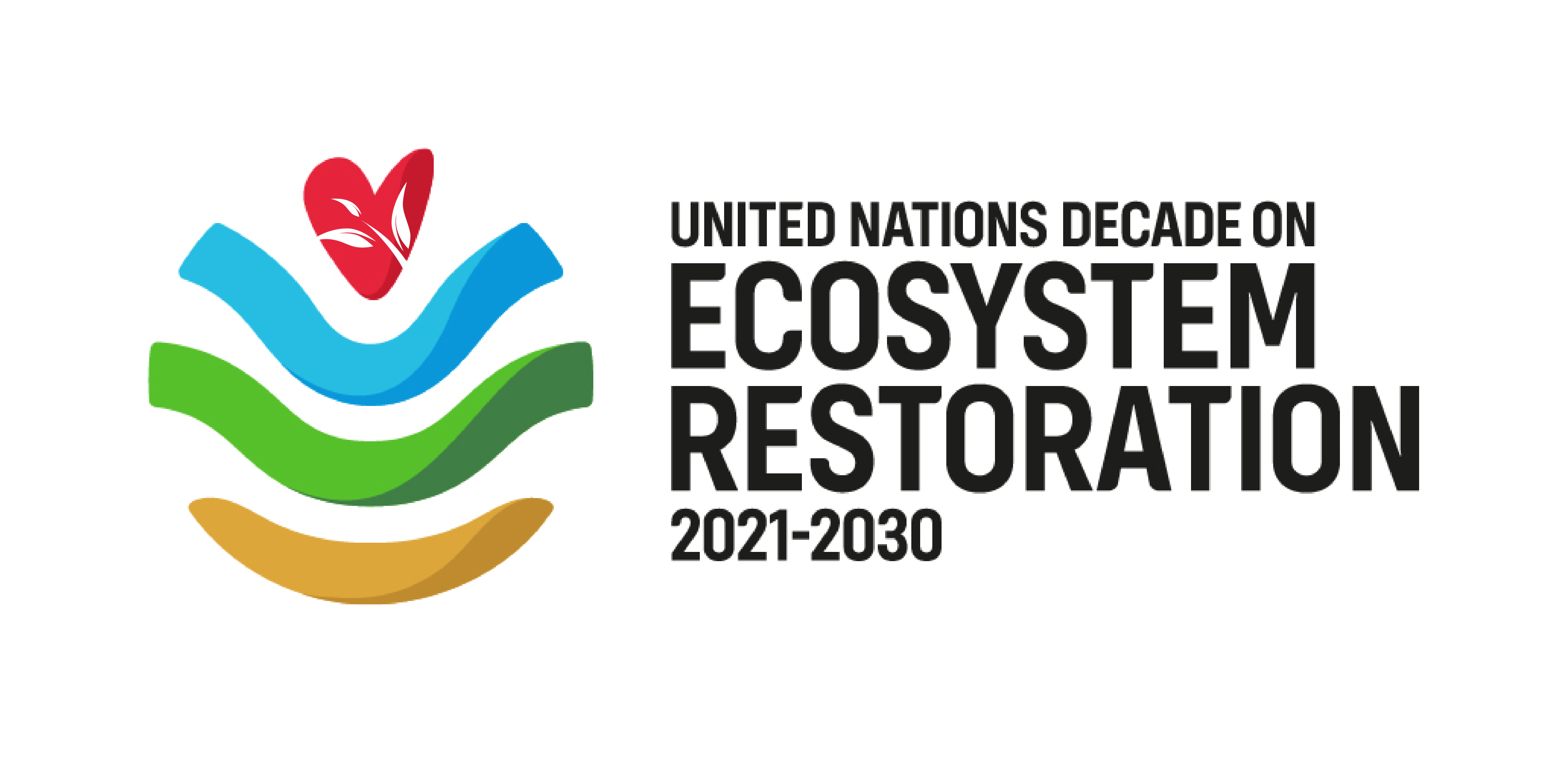Seagrass Restoration: A New Initiative For Scotland's Coastal Environment

Table of Contents
The Ecological Importance of Seagrass in Scotland
Seagrass meadows, often overlooked, play a disproportionately vital role in Scotland's marine environment. These underwater prairies act as nurseries for countless species, offering shelter and food for juvenile fish, crustaceans, and other invertebrates. Scotland's seagrass beds support a unique range of species, including commercially important fish like cod and haddock, as well as numerous invertebrates and seabirds that depend on the rich food web they create.
The ecosystem services provided by seagrass are multifaceted:
- Habitat Provision: Seagrass provides crucial habitat and refuge for a wide array of marine life, boosting biodiversity.
- Nutrient Cycling: Seagrass meadows actively filter water, removing excess nutrients and improving water quality.
- Fisheries Support: Seagrass meadows serve as essential nurseries for many commercially important fish species, supporting sustainable fisheries.
- Coastal Protection: The dense root systems of seagrass stabilize sediments, reducing coastal erosion and protecting shorelines.
- Carbon Sequestration (Blue Carbon): Seagrass is incredibly efficient at capturing and storing atmospheric carbon dioxide, playing a significant role in mitigating climate change. This "blue carbon" sequestration is a vital contribution to global carbon reduction efforts.
The benefits are clear: increased fish populations, improved water clarity, reduced coastal erosion, and significant carbon sequestration, making seagrass restoration a crucial endeavor.
The Decline of Seagrass Meadows in Scotland and the Reasons Behind It
Sadly, Scotland's seagrass meadows are facing significant decline. While precise figures are still being gathered, evidence suggests a substantial loss of seagrass habitat in Scottish waters over the past century. This decline is primarily attributed to several key threats:
- Pollution: Agricultural runoff containing fertilizers and pesticides, as well as untreated or partially treated sewage, introduce excess nutrients, leading to algal blooms that smother seagrass.
- Destructive Fishing Practices: Certain fishing gear, such as bottom trawling, can physically damage or destroy seagrass meadows.
- Coastal Development: Construction projects and infrastructure development along the coastline can lead to habitat loss and degradation.
- Climate Change Impacts: Rising water temperatures, ocean acidification, and increased storm intensity all pose significant threats to seagrass resilience.
These factors, often acting in synergy, have contributed to the alarming reduction in seagrass cover, emphasizing the urgency of restoration initiatives.
Scotland's New Seagrass Restoration Initiative: Projects and Methods
Recognizing the critical importance of seagrass and the extent of its decline, Scotland has launched a significant seagrass restoration initiative. Several organizations, including [mention specific organizations involved, e.g., government agencies, research institutions, NGOs], are collaborating on various projects across the country.
The restoration methods employed are diverse and innovative:
- Seed Collection and Propagation: Seagrass seeds are collected from healthy meadows and propagated in nurseries before being replanted.
- Seagrass Transplantation: Plugs or sections of healthy seagrass are transplanted to degraded areas to jumpstart regrowth.
- Habitat Creation and Restoration: This involves creating suitable conditions for seagrass growth, such as removing pollutants and restoring sediment quality.
- Monitoring and Evaluation Techniques: Regular monitoring is crucial to assess the success of restoration efforts and adapt strategies as needed.
Projects are underway in several key locations across Scotland, including [mention specific locations]. [Include relevant images or videos here].
Community Engagement and Funding for Seagrass Restoration
Successful seagrass restoration requires not only scientific expertise but also broad public support and community engagement. Raising awareness about the importance of seagrass and its ecological benefits is paramount.
Funding for the initiative comes from a variety of sources:
- Government Grants: Significant government funding supports the research, planning, and implementation of restoration projects.
- Private Donations: Contributions from individuals and organizations are playing an increasingly vital role in supporting restoration efforts.
The public can actively participate in several ways:
- Volunteering: Many projects rely on volunteers for tasks such as seed collection, planting, and monitoring.
- Donations: Financial contributions, no matter the size, help to fund research, equipment, and restoration projects.
Educational programs and outreach initiatives are crucial for fostering a sense of ownership and encouraging public participation.
Long-Term Goals and Sustainability of Seagrass Restoration Efforts in Scotland
The long-term goals of Scotland's seagrass restoration initiative include:
- Significant increase in the extent of seagrass meadows.
- Improved water quality and marine biodiversity.
- Enhanced coastal protection.
- Increased carbon sequestration.
Ensuring the long-term sustainability of restored seagrass meadows requires a multi-pronged approach, addressing ongoing threats such as pollution and climate change. Adaptive management strategies, informed by ongoing monitoring, are critical for overcoming challenges and ensuring the success of the initiative.
Conclusion: Securing Scotland's Future with Seagrass Restoration
Seagrass restoration offers a vital pathway to a healthier, more resilient coastal environment for Scotland. The benefits—from enhanced biodiversity and improved water quality to increased carbon sequestration and coastal protection—are far-reaching. This ambitious new initiative holds immense potential for success, but requires continued commitment, funding, and public engagement. Support seagrass restoration efforts in Scotland and help protect our valuable coastal ecosystems. Learn more about how you can contribute to Scotland's seagrass restoration initiative and become a part of this important environmental recovery effort.

Featured Posts
-
 Teddy Magics Britains Got Talent Appearance A Postponement Update
May 05, 2025
Teddy Magics Britains Got Talent Appearance A Postponement Update
May 05, 2025 -
 Is Canelo Avoiding Crawford Out Of Fear Or Disrespect The Benavidez Factor
May 05, 2025
Is Canelo Avoiding Crawford Out Of Fear Or Disrespect The Benavidez Factor
May 05, 2025 -
 First Round Frenzy Analyzing The Nhl Stanley Cup Playoffs
May 05, 2025
First Round Frenzy Analyzing The Nhl Stanley Cup Playoffs
May 05, 2025 -
 Ufc Des Moines Predictions For Every Fight On The Card
May 05, 2025
Ufc Des Moines Predictions For Every Fight On The Card
May 05, 2025 -
 Minispidnitsya Emmi Stoun Efektniy Vikhid Na Premiyi Shou Biznesu
May 05, 2025
Minispidnitsya Emmi Stoun Efektniy Vikhid Na Premiyi Shou Biznesu
May 05, 2025
